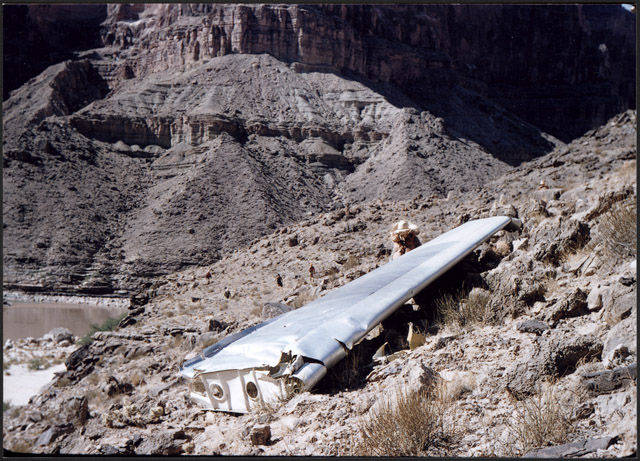August 23, 2025, marks the 67th anniversary of the creation of the Federal Aviation Administration. A historic tragedy in Grand Canyon changed American Aviation forever.


The Bright Angel Trail is one of the most iconic paths in the Grand Canyon, and its history stretches far beyond its current status as a premier hiking route. Long before tourists and park rangers arrived, the trail was used by Indigenous peoples of the region, particularly the Havasupai tribe. Originally formed from interconnected animal paths, the trail was refined and utilized by Native American communities for centuries. Evidence of their use remains today in the form of pictographs visible along the trail walls.
In the late 1800s, as miners and prospectors descended upon the Grand Canyon in search of valuable resources, a group of men—Pete Berry, Niles Cameron, and Ralph Cameron—began improving the trail to access their mining claims deep within the canyon. It was during this time that the path came to be known as the Bright Angel Trail.
Eventually, Ralph Cameron assumed full ownership of the trail. He soon realized that the real value of the canyon wasn’t in its minerals, but in the growing number of tourists eager to explore its depths. Capitalizing on this, he began charging a $1 toll for trail access. He also struck a deal with the Kolb brothers, allowing them to lease land at the trailhead for their photography studio. In return, they photographed tourists as they made the descent on muleback, creating a lasting record of early Grand Canyon tourism.

Cameron’s ownership came under scrutiny when local authorities challenged his rights to the land. Though he managed to maintain control for a time—convincing the county to let him keep it for another five years—he eventually ceded control to Coconino County. That arrangement lasted 15 years, until the trail was transferred to the National Park Service (NPS) in 1927.
Interestingly, the NPS had already constructed a rival route, the South Kaibab Trail, 17 years earlier. When they acquired Bright Angel Trail, they considered closing it due to the cost of maintaining two major trails into the canyon. Fortunately, they chose to preserve both, and today Bright Angel remains a vital and historic route for visitors exploring the depths of the Grand Canyon.

To learn more about the trails history check out this link!
August 23, 2025, marks the 67th anniversary of the creation of the Federal Aviation Administration. A historic tragedy in Grand Canyon changed American Aviation forever.
Answers to our guests’ most common questions about the fire on the North Rim of Grand Canyon.
Grand Canyon Gems: Clear Creek We’ve explored a number of magical spots in the Grand Canyon—many of them centered around waterfalls. And today, we’re doing it again! You might be thinking, “Another waterfall? What makes this one different?” Well, this one is...